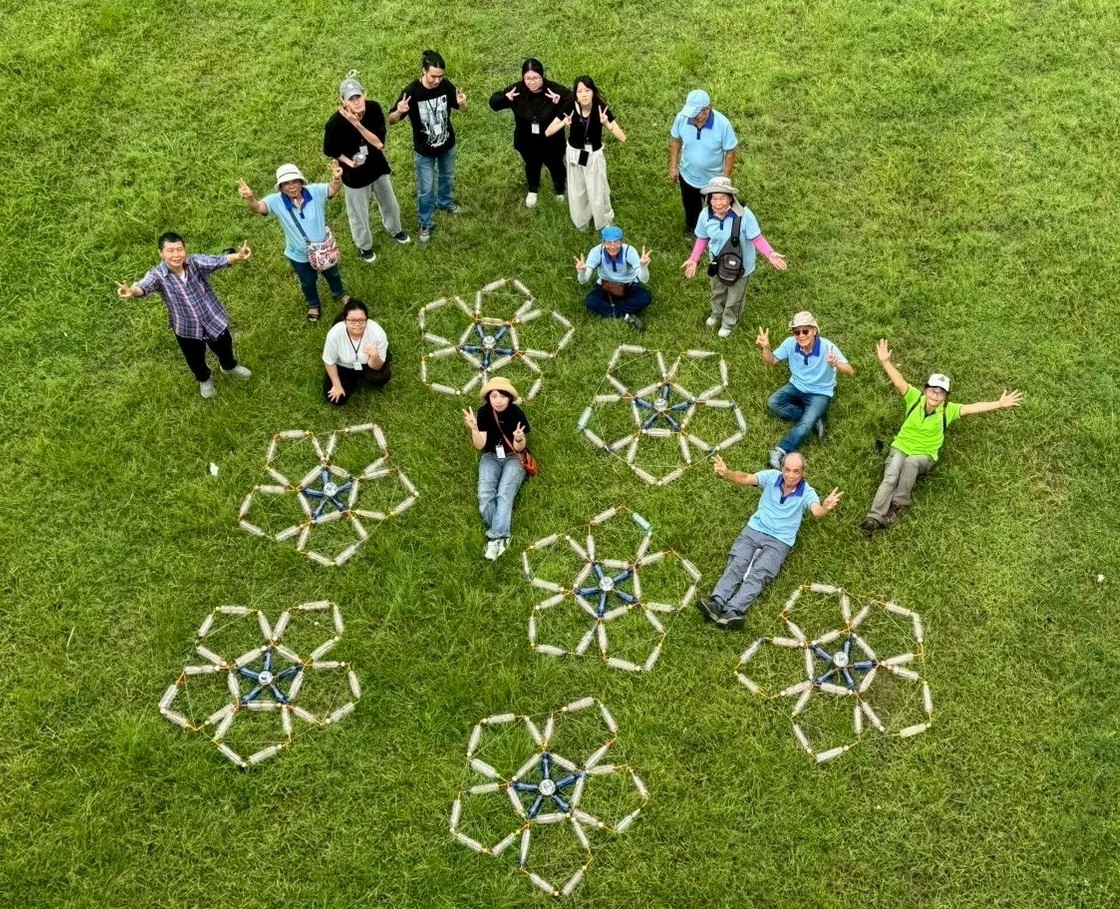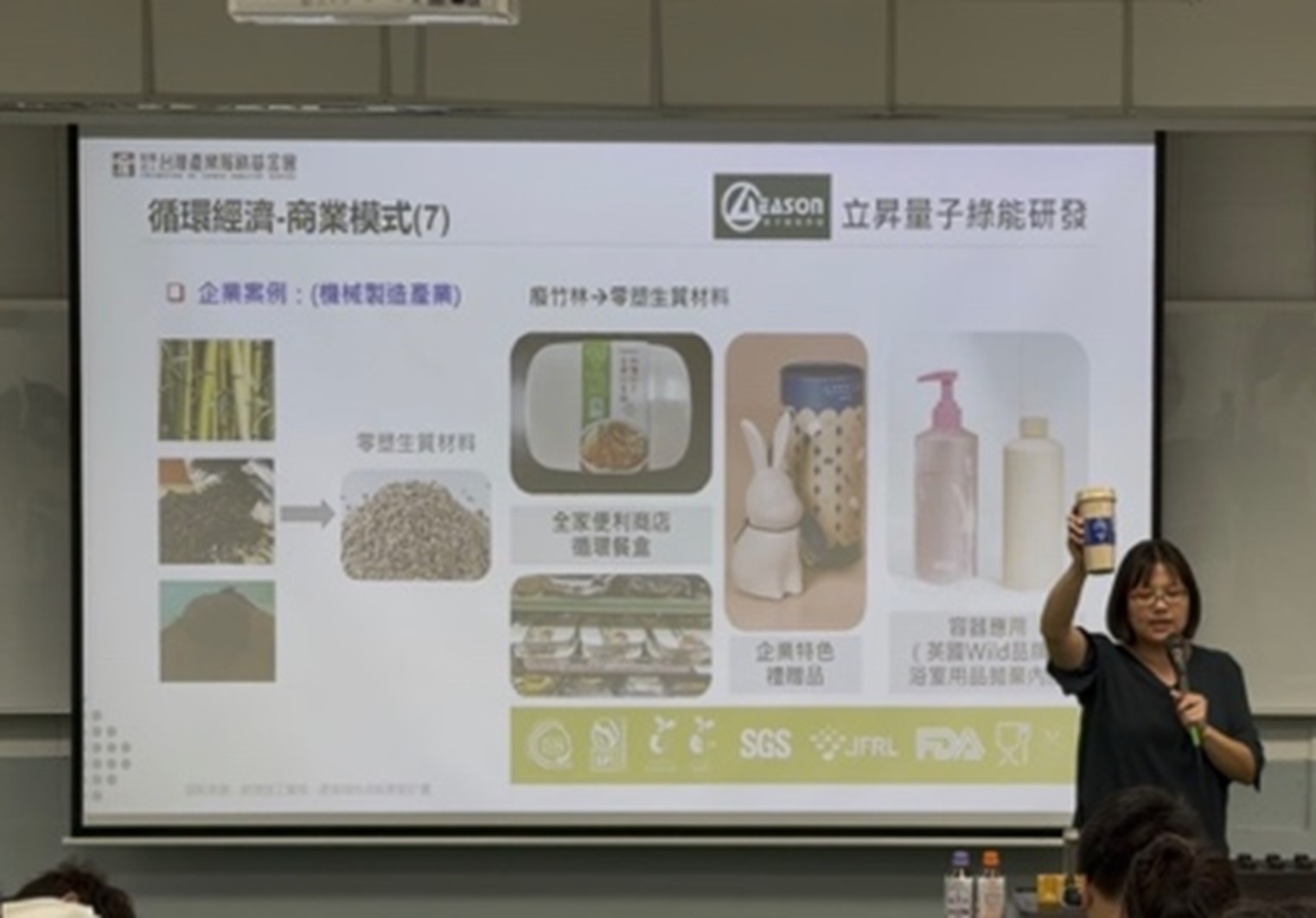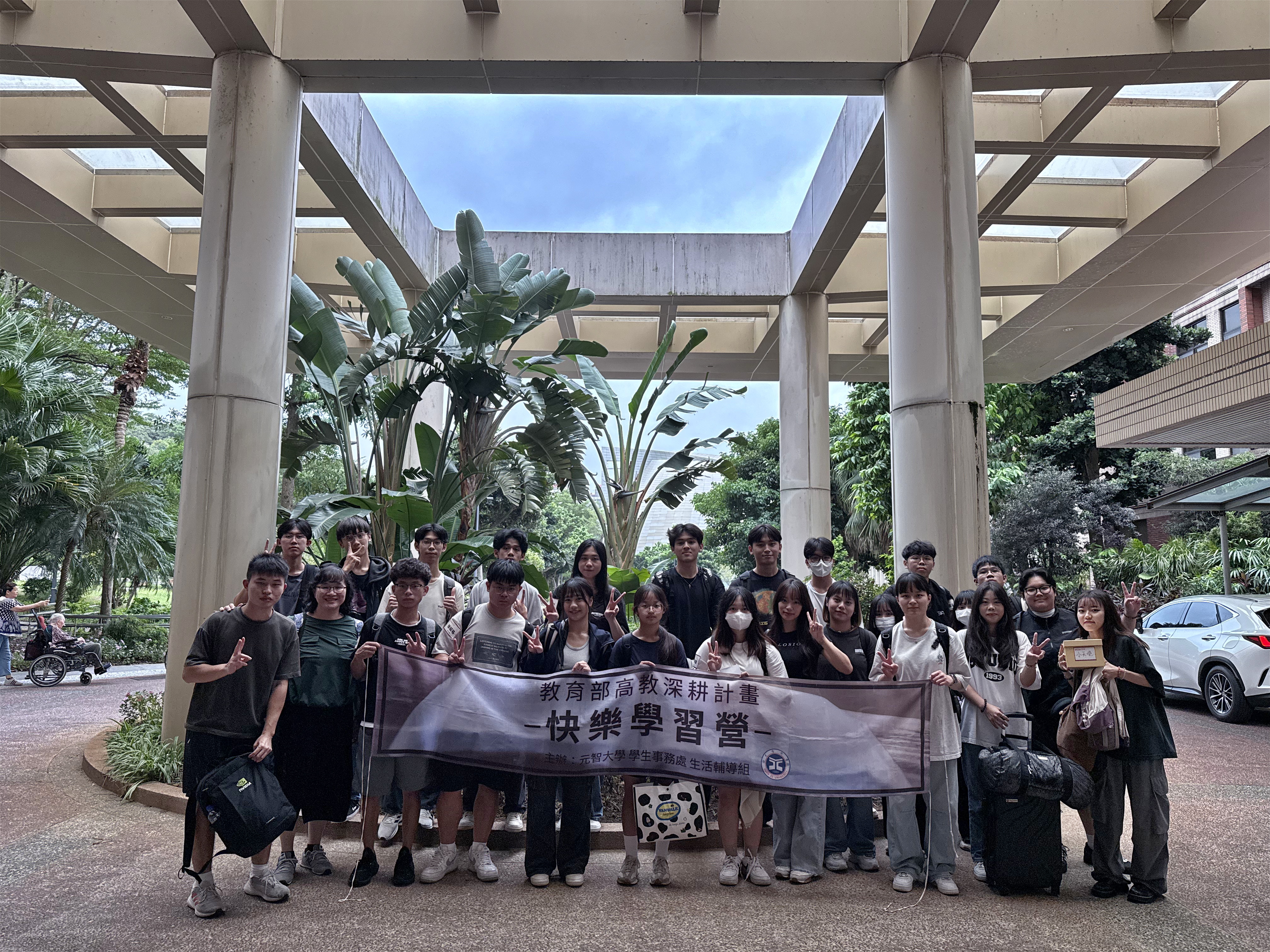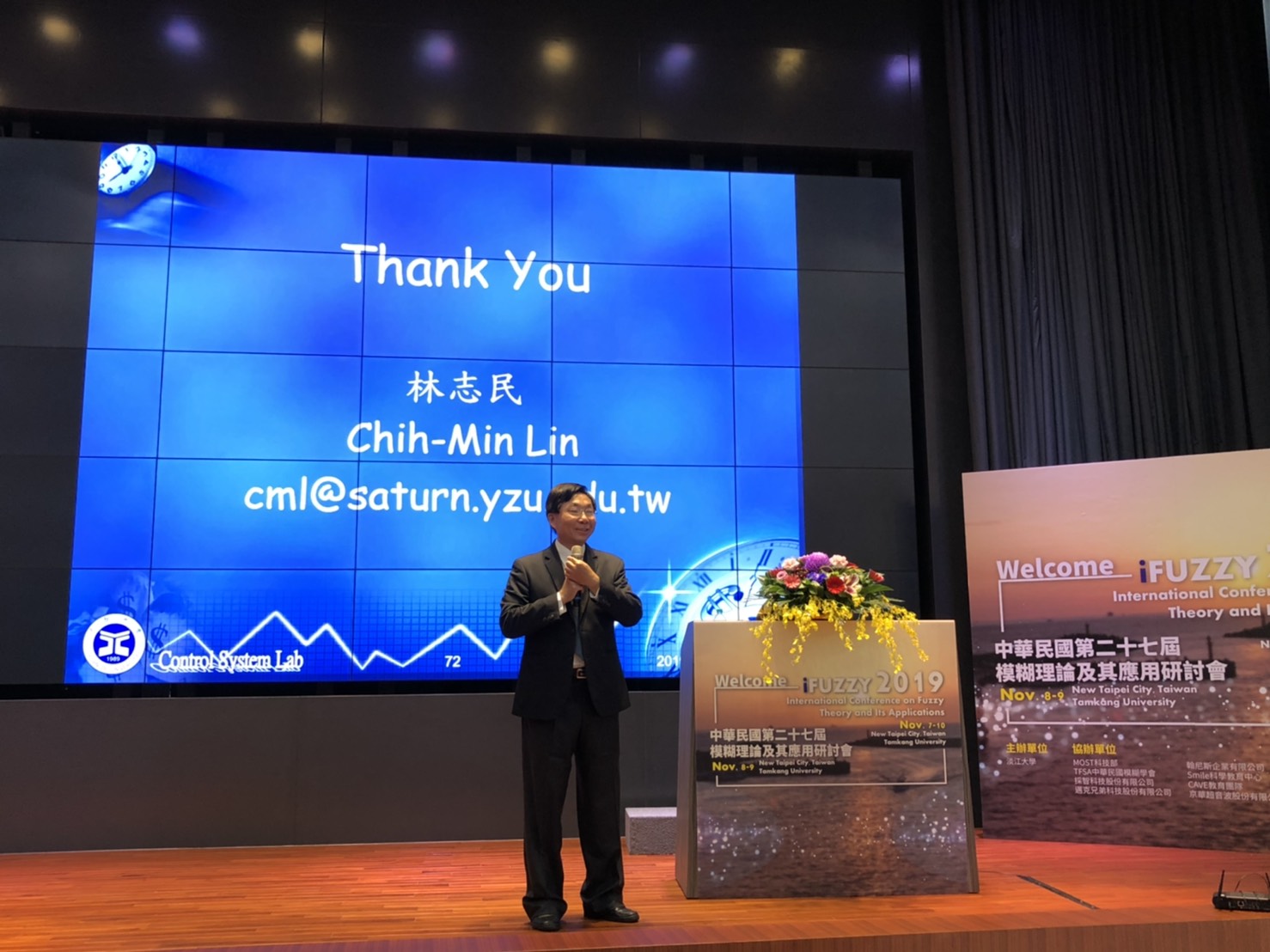Guided by the core concept of environmental sustainability, Yuan Ze University’s Department of Art and Design was invited to participate in the 2025 New Taipei Wetlands Art Festival – The Journey of Seeds, organized by the New Taipei City Government. The department presented a striking installation titled “The Geometry of Seeds: Symbiosis in Opposition,” exhibited under the Xinmoon Bridge in Banqiao’s Second Xinhai Artificial Wetland through November 4.
The work infused the wetland with cross-disciplinary artistic energy, demonstrating the department’s deep commitment to combining artistic creativity with environmental awareness and showcasing tangible achievements in environmental education and sustainable design.
Since its inception in 2017, the New Taipei Wetlands Art Festival has reached its sixth edition in 2025, featuring the theme “The Journey of Seeds,” symbolizing how art takes root, grows, and coexists within ecological systems. Among the 14 featured works, Yuan Ze University’s piece, created under the guidance of Assistant Professor Wan-Wen Huang, explored the balance between natural order, life cycles, and human activity through the metaphor of the seed.
Professor Huang explained that the inspiration for the work came from the five-petaled flowers of angiosperms and the vascular bundle cross-sections of aquatic plants commonly found in wetlands, reflecting the geometric order inherent in nature. The team constructed a floating structure from recycled plastic bottles, forming pentagonal and decagonal fractal patterns with glowing fluorescent frames. During the day, the installation appeared as a floating bottle landscape; at night, its luminous geometric petals blossomed over the water’s surface, symbolizing the fusion and coexistence between the artificial and the natural. Huang noted that while the plastic bottles represented the urban cycle of consumption, the plant-inspired geometry embodied natural ecological cycles—two opposing yet interconnected systems that mirrored the relationship between humanity and nature.
The creation process spanned several months, beginning in the summer when Yuan Ze students collected over 600 plastic bottles with the help of the university’s custodial staff. The materials were then cleaned, punctured, sealed, connected, and finally installed on-site through a series of meticulous steps. The student team also collaborated with wetland volunteers, engaging in hands-on labor to experience the challenges and significance of environmental art—transforming artistic practice into a means of understanding nature.
Student Chieh-Jung Chien shared that growing up in Daxi, near the upper reaches of the Dahan River, he remembered its waters as clean and clear. “When I stepped into the Xinhai Wetland wearing waders, I was surprised by the sticky texture of the water,” he said. “This project made me realize both the fragility and resilience of nature under pollution. While nature has the power to purify and restore itself, it also constantly reminds us of the impact of human activity. Through art, I understood that only by continual adjustment can we find balance between people and the environment.”
Another student, Chia-Chien Cheng, remarked that by combining seed imagery with geometric structures, the team not only learned to observe natural order but also to reflect on humanity’s role within it. “As the artwork floated with the rippling water,” she said, “I felt a profound connection between art and sustainability.” Student Yu-Sheng Huang added that the greatest reward was teamwork: “From material testing and assembly to completion, we faced many challenges and received much support. That sense of accomplishment helped me understand the true essence of artistic creation.”
Professor Huang emphasized that art education extends beyond developing creative techniques—it is also about cultivating values and awareness. Yuan Ze University’s Department of Art and Design has long been dedicated to environmental art and sustainable design education, encouraging students to engage with real-world contexts and experience the interconnection between nature and urban life. Through these immersive projects, the department nurtured artists with humanistic concern and innovative thinking.
“The Geometry of Seeds: Symbiosis in Opposition” interpreted ecological cycles through the language of art, echoing Yuan Ze University’s educational philosophy of “Innovation, Sustainability, and Practice.” The work stood not only as a tribute to nature but also as a dialogue between art and environmental education, between the natural and the artificial, becoming one of the most aesthetically compelling and educationally meaningful highlights of this year’s New Taipei Wetlands Art Festival.
 English
English  正體中文
正體中文 



